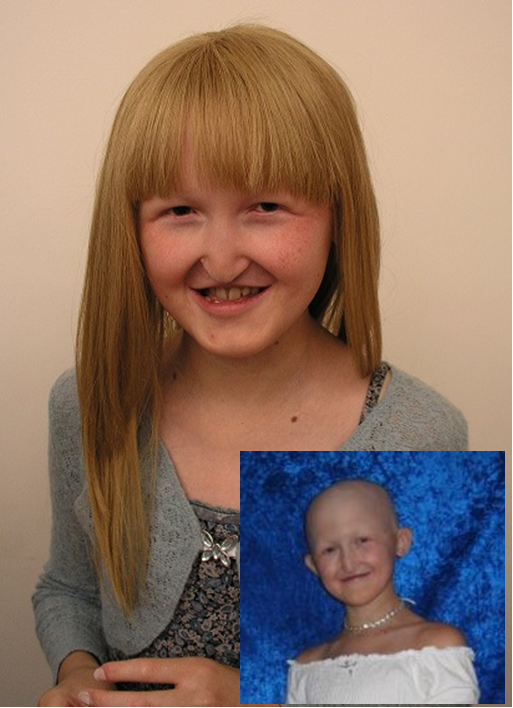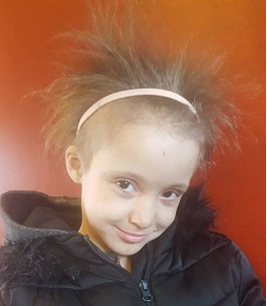Hair Symptoms in ED
Hair symptoms are common in many types of ectodermal dysplasia, but their presence and severity can vary significantly depending on the specific condition affecting you or your family. Below, we outline some of the most typical ways hair can be affected, to help you better understand what to look out for.
It’s important to remember that many of these symptoms can also occur independently of ectodermal dysplasia, or as part of other conditions.
Scalp Hair Symptoms
Hair on the scalp may be affected differently than hair elsewhere on the body (such as eyebrows, eyelashes, or body hair). Some changes may be noticeable at birth, while others only become apparent later in life.
Common scalp hair symptoms in ectodermal dysplasia include:
-
Absent or very sparse hair
-
Slow-growing hair
-
Fine, fragile, or lightly pigmented hair
-
Coarse or unruly hair
-
Hair that is dry or difficult to manage
-
Hair that sticks out in all directions
-
Hair that’s difficult to comb or style
-
Dryness caused by underdeveloped or absent oil glands
In many cases, hair grows slowly, so individuals may not need haircuts as often as others in the family. After puberty, some people notice an improvement in hair thickness and density, along with darkening of the hair — though it’s rare for someone with ED to develop a full head of thick hair.




Body Hair Symptoms
Eyelashes, eyebrows, and body hair (including arms, legs, and torso) may also be sparse or completely absent. However, during puberty, body hair often darkens and thickens. Facial hair, underarm hair, and pubic hair usually develop more typically in adolescents with ectodermal dysplasia.
Variations Across Different Types of ED
Hair symptoms can differ depending on the specific type of ectodermal dysplasia. For example:
-
In AEC syndrome and EEC syndrome, hair may be patchy, coarse, and unruly rather than thin or fine.
-
In hypohidrotic ectodermal dysplasia (HED), baldness (alopecia) is common, and some individuals may experience early male-pattern baldness.
Managing Hair Symptoms
While hair growth challenges are common in ED, there are treatment options available for some symptoms. These may include medical treatments, cosmetic solutions, and the use of wigs or hairpieces to boost comfort and confidence.
If you have any questions or would like further support, please don’t hesitate to contact us — we’re here to help.


